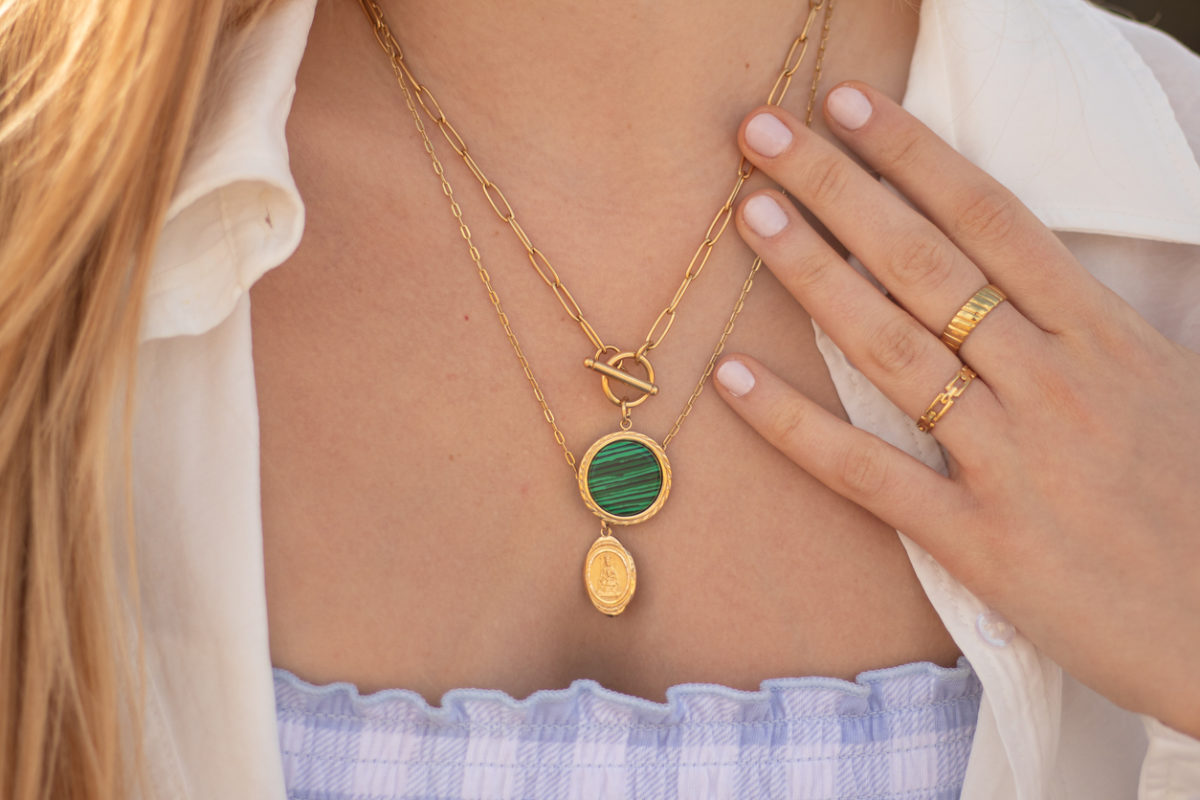There is a lot to consider when it comes to product assortment for your boutique. To help, here’s a guide of tips.
The product assortment is sometimes called merchandise mix. It refers to the variety of products you sell in your shop that gives your customers options and promotes the overall theme of your brand. When customers decide what they want to shop for, a store will pop into their minds. For example, if they are looking for quality makeup options, they may think of Sephora or Ulta. If they are looking for fancy underwear, they may think of Victoria’s Secret.
Your brand must find a way to pop into your customer’s minds whenever they need a particular type of clothing and accessories. A few questions can help you get started developing your brand’s message.
- Who are your customers?
- What do they want to buy?
- What price can they afford?
Now you can start creating the right product assortment for retail. Below are tips to help you along the way.
1. Know Your Product Breadth
Breadth, or width, encompasses your boutique’s number of product lines. Product lines are analyzed in tiers, with the first being a broad list of product lines. For example, name brands or designers. Make a list of all the name brands to sell in your boutique. If you are selling shoes, list all the shoemakers. If you are selling pants, list each designer. A product breadth list for an athleisure boutique may start out looking something like this:
- Shoes: Nike, Adidas, Reebok
- Shorts: Nike, Adidas, Reebok
- Jewelry: Local Artisan
2. Know Your Product Depth
Your next product list will break down your categories even further. This will tell you the depth of your assortment. Examples include:
- Shoes: Nike: Sneakers for Women, Sneakers for Girls, Flip Flops for Women
- Shoes: Adidas: Sneakers for Women, Sneakers for Girls, Flip Flops for Women
- Jewelry: Bracelets for Women, Earrings for Women, Necklaces for Women
The more you break down the categories, the more you will understand how wide and deep your product assortment is and what you want for the future.
3. Buy for Your Brand
The products you purchase should fit your brand. Don’t add soccer balls to your inventory if you sell surfing gear. Don’t add sneakers for men if you sell athleisure wear for women. Most boutiques don’t have the goal of reaching a highly diverse group of buyers. Instead, you have a target audience. This means you can limit your product assortment to your customer base rather than the whole world.
Take Wal-Mart, for example, an extreme example, sure. They have an extensive product assortment because they want to appeal to every human being alive. Another example is David’s Bridal boutique which targets only brides to be. They have a limited product assortment, but their breadth and depth provide many options to buyers.
4. Look at the Data
Inventory reports are a crucial factor in determining product assortment. You can review which items are selling and which are flying off the shelves. Analyzing inventory starts with choosing a category. For example, tank tops. Don’t stop there, though. Keep digging to learn what your customers are searching for so you can provide it. Here’s an example.
- Broad inventory category: Tank tops
- Smaller categories: Tank top designers, tank top lengths, tank top colors
Now, analyze how well the tank tops in your boutique are selling. Do solid-colored tank tops sell out? If so, which designer sells the most? Which style sells the most?
Using that information, you can expand your product assortment by adding more solid color tank tops or more products from the designer.
5. Change With The Seasons
Seasonal product assortments can work if you follow a few simple guidelines. First, make sure the season items match your brand. A casual clothing boutique at Halloween can do well selling a handful of seasonal graphic tees. Selling Halloween candy or gory costumes is not a good match.
Seasonal doesn’t mean only holidays. Seasons refer to weather, sports, gardening, travel, etc. Marketing your product assortment should highlight the season to give customers a clear idea of why they need it. For example, summer means spending time with family on local and long trips. A female customer with children will need help carrying all her family’s travel necessities.
If you sell handbags, you can market the new canvas multi-pocketed tote bag that can look dressy for eating at a nice restaurant but can also serve as a beach bag.
6. Trends, Classics, or Both
Clothing boutiques should have a good balance of trendy products and classic pieces that will last for years. Do the research or attend clothing shows to see what the hottest items on the runway are to find clothing in your price range that matches the trends. Go with neutrally colored products that have a timeless look and use for classic pieces. The term classic does not mean old or outdated. Instead, think versatile and elegant but less trendy.
For example, you can have a classic jacket. This is not a jacket you bought in the 1960s. It is a jacket that matches most other items in your boutique. It has modern touches, like hemline, seams, pockets, and closures. It also is neutral in color without the latest pattern fads.
7. Pay Attention to Your Customers
You can learn a lot by observing your customers. The look on their faces can tell you if they love or hate an item. The questions they ask can tell you precisely what they are looking for. Where they spend the most time in your boutique can tell you their favorite pieces.
Final Thought on Product Assortment
Finally, work with a wholesale supplier when creating the right product assortment for retail. You will get the best prices for wholesale quality clothing and accessories. Wholesale suppliers work with trendy and classic designers and can give you an edge on what is coming up in the fashion world. Wholesale suppliers can also meet your seasonal needs.
With tips like these, you can start creating the right product assortment strategy for retail today.








No Comments